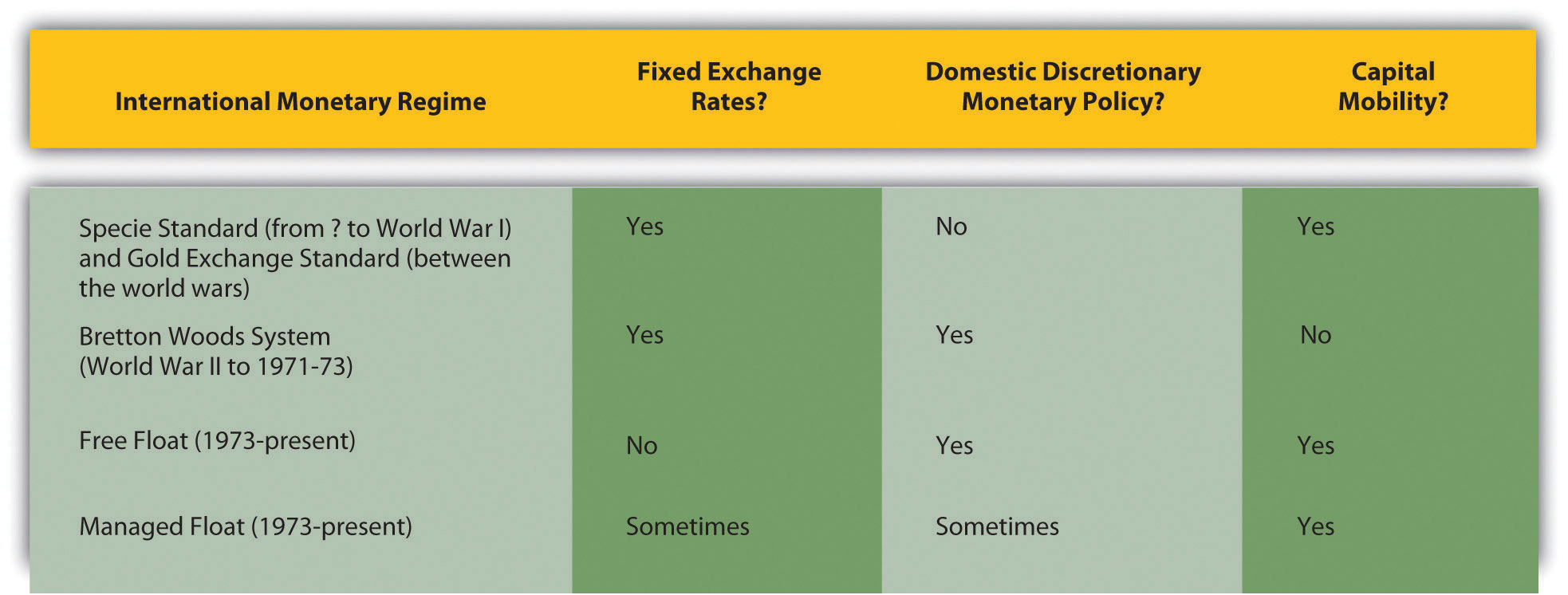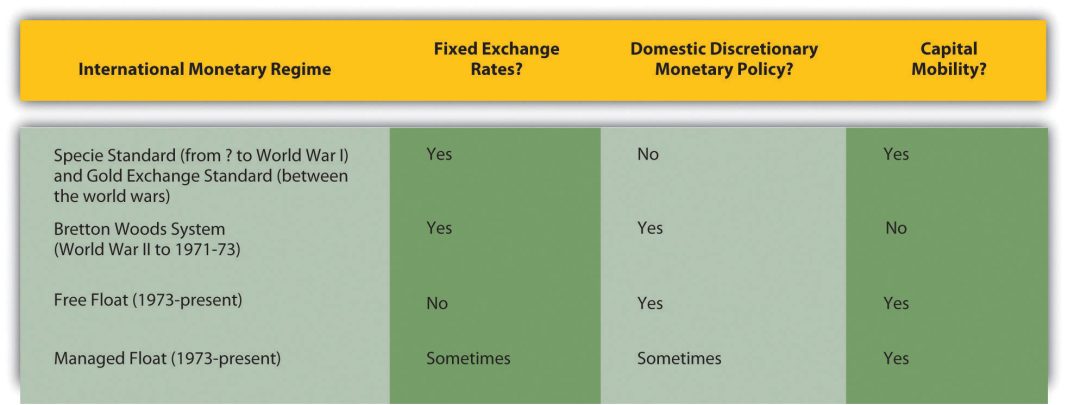
The Bretton Woods Conference of 1944 was a pivotal moment in economic history. It brought together allied powers to establish a new global economic order that would shape the post-war world. One of the key aspects of this new system was the establishment of a monetary system based on gold, with the dollar serving as the world reserve currency.
However, not everyone was convinced that this new system would be sustainable. Economist Henry Hazlitt, known for his book “Economics In One Lesson,” criticized the proposed system. He argued that by making the dollar the world reserve currency and allowing convertibility into gold only for large trading nations, there would be no mechanism to police nations’ fiscal and monetary policies. This would lead to the endless expansion of money and credit abroad without consequences.
Hazlitt’s concerns turned out to be prophetic. In 1971, President Richard Nixon suspended the convertibility of the dollar into gold, effectively ending the Bretton Woods system. This decision was made to save the system, but it had unintended consequences. Instead of gold falling in price as expected, its price soared to $850 an ounce eight years later. Those who had bet against the monetary elites were the winners.
Hazlitt’s writings during this period provide valuable insights into the present moment. The architects of the Bretton Woods system were focused on fixing old problems rather than anticipating new ones. They believed that trade protectionism and monetary guardrails were the root causes of depression and war in the 1930s and 1940s. Their goal was to create a managed system that prioritized international trade and fiscal and monetary liquidity.
However, Hazlitt saw the flaws in this approach. He argued that the system failed to discipline governments in their fiscal and monetary policies. He predicted that all governments would take advantage of the system, leading to reckless policies and a reliance on rich nations to guarantee its stability.
His predictions came true, especially for the United States. The country embarked on the Vietnam War while simultaneously increasing its welfare state provisions, leading to unsustainable economic tensions. The gold-based settlement system of the Bretton Woods system started to flow out of the United States, causing its breakdown. Nixon’s decision to end convertibility unleashed inflation, and the United States experienced three successive waves of inflation in the 1970s.
Since then, the world has seen a shift towards neoliberalism, a system that prioritizes freedom in international trade and fiscal and monetary liquidity. However, this system has also led to the loss of the United States’ manufacturing sector and trade imbalances.
Former President Donald Trump attempted to address these issues by challenging the World Trade Organization and implementing protectionist measures. However, this approach was a step back to the old system that Hazlitt had criticized. Without domestic reform and a focus on fiscal and monetary soundness, the United States cannot compete on the world stage and risks further economic decline.
The current state of the global economy is the unraveling of the Bretton Woods system and its subsequent modifications. Governments around the world are experimenting with regional trading systems, tariff policies, and alternative settlement systems. The dollar’s status as the world reserve currency is also being challenged.
To address these challenges, a return to fiscal and monetary soundness is crucial. The United States must prioritize balanced budgets and sound money, even if it means letting go of its imperial ambitions abroad. This is the best path to restarting the ambition of a free-trade world.


